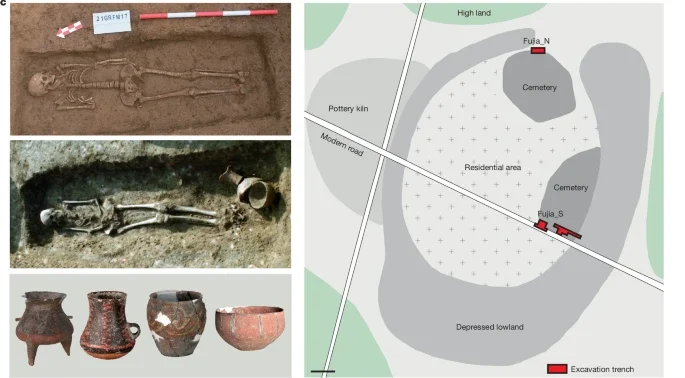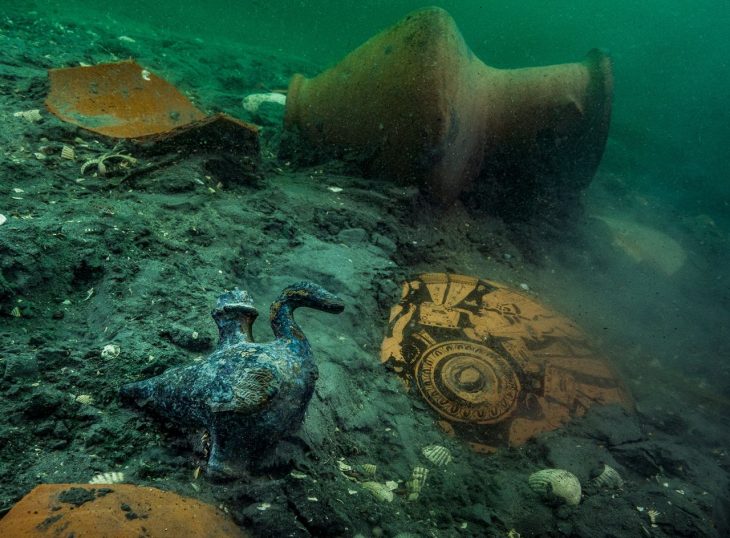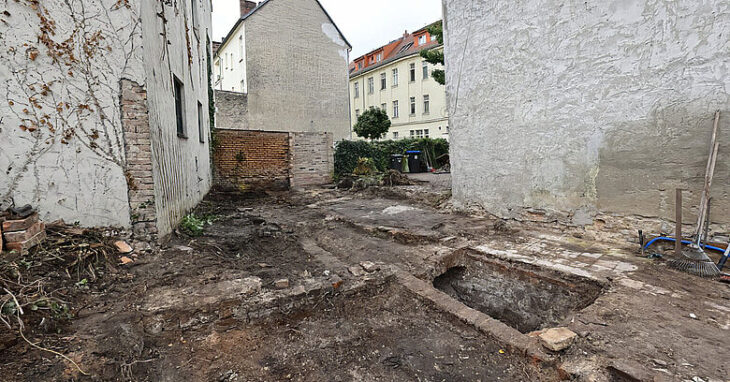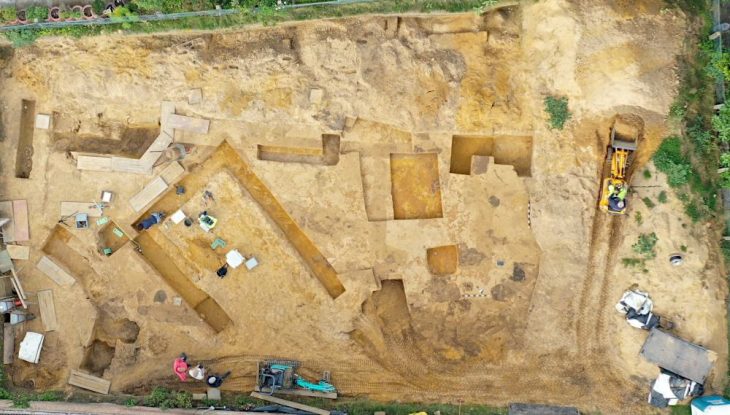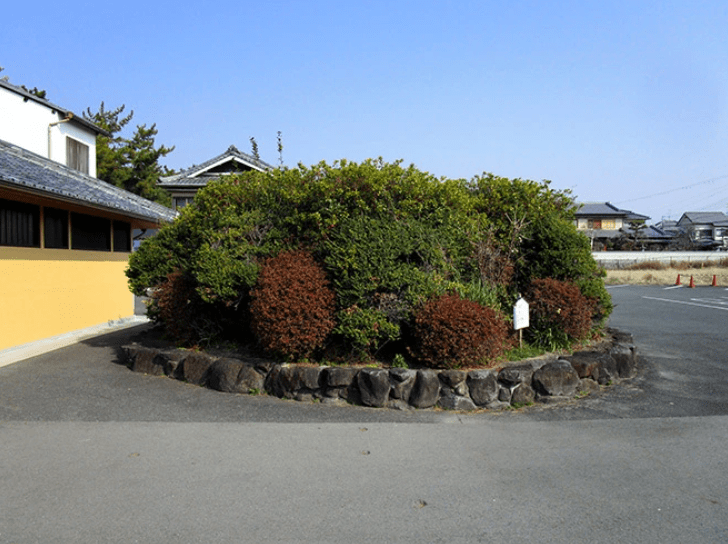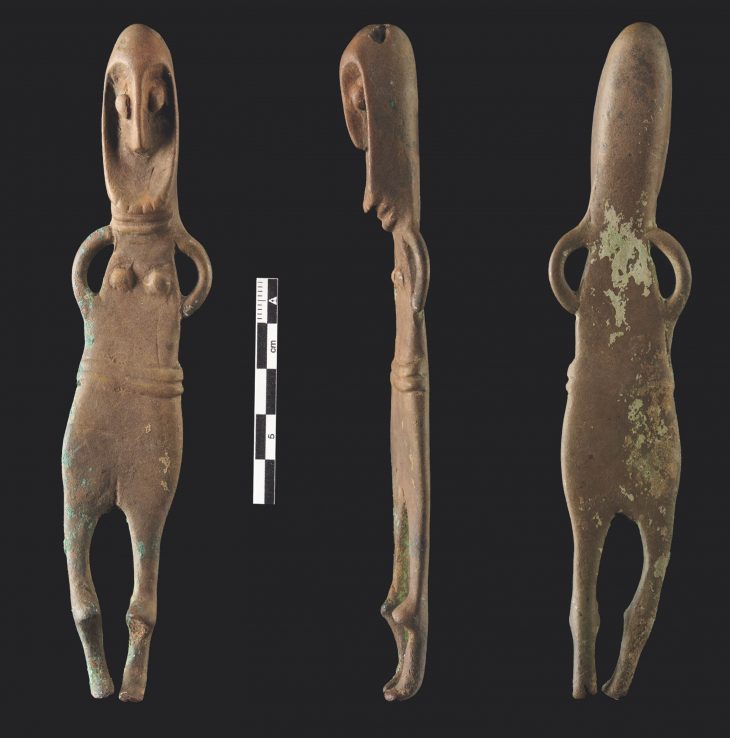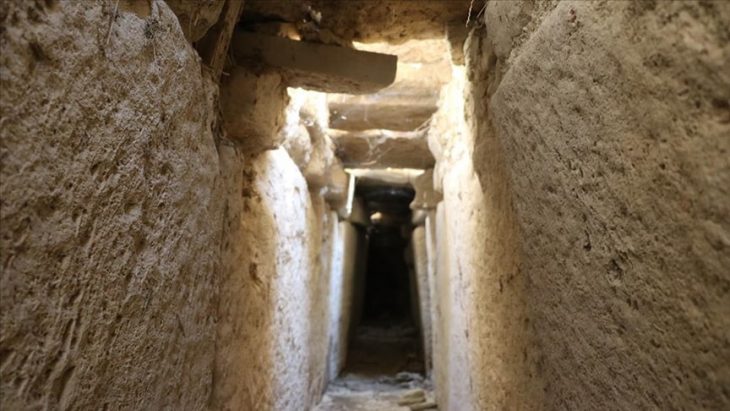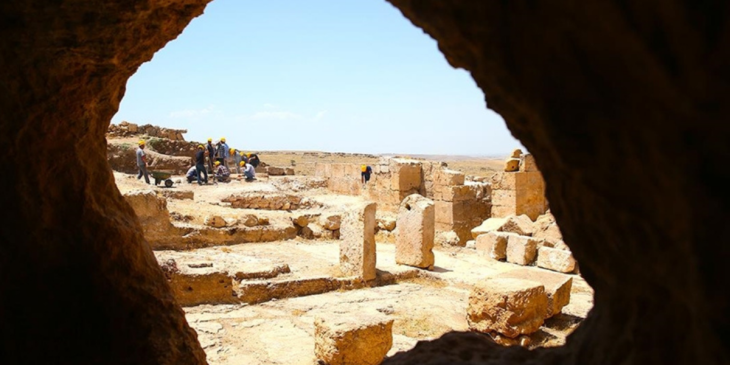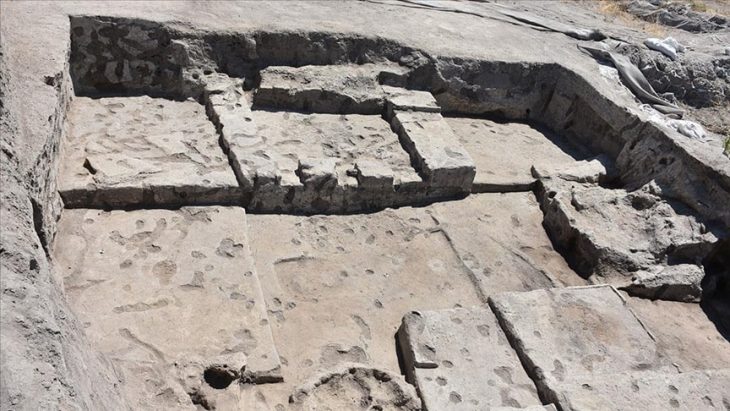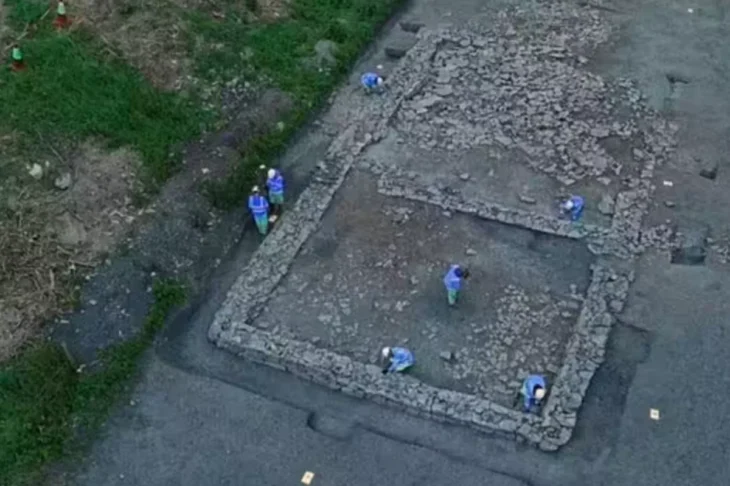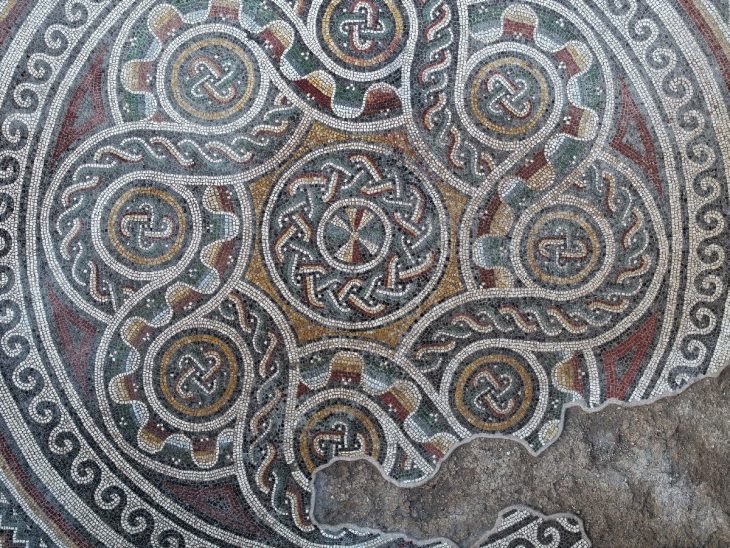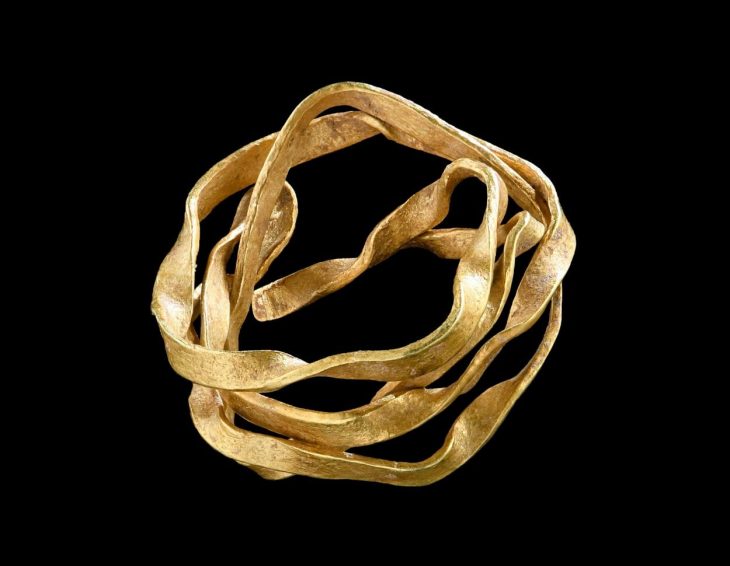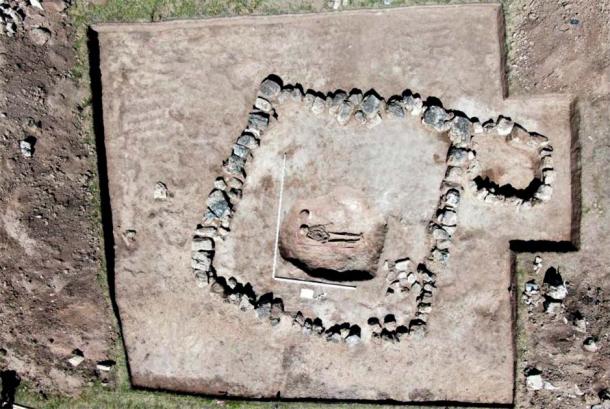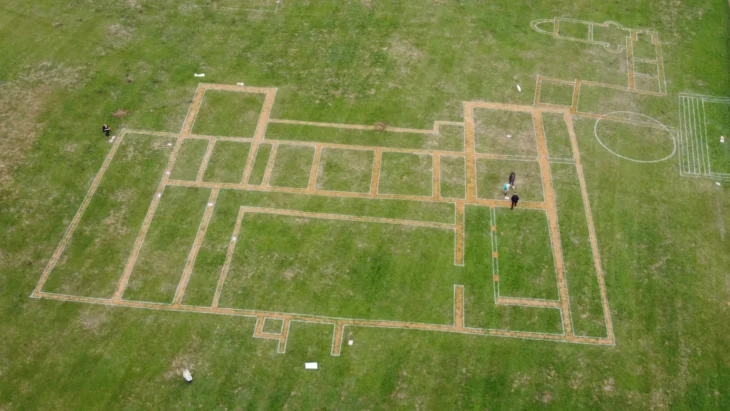In a remarkable study, scientists have uncovered genetic evidence of a rare matrilineal society in Neolithic China, where women determined lineage, inheritance, and burial traditions over 5,000 years ago.
Published in Nature on July 31, 2025, the study used ancient DNA analysis to explore the burial patterns and kinship structures of individuals at the Fujia archaeological site in Shandong province, revealing that the community was organized around maternal lineage—a finding that challenges long-held assumptions about early human societies being predominantly patrilineal.
The research team, led by scholars from Peking University and the Shandong Institute of Cultural Relics and Archaeology, analyzed the remains of 60 individuals from two distinct cemeteries—Fujia_North and Fujia_South—dating from approximately 2750 to 2500 BCE. The genomic data showed that each cemetery was dominated by a single, distinct mitochondrial DNA haplogroup, suggesting that the two burial grounds corresponded to two separate maternal clans.
“This is the most compelling evidence to date for a matrilineal society in East Asia during the Neolithic period,” said Dr. Bo Sun, co-author of the study. “The entire community appears to have been structured around maternal descent, with burial practices strictly aligned to a person’s mother’s lineage.”
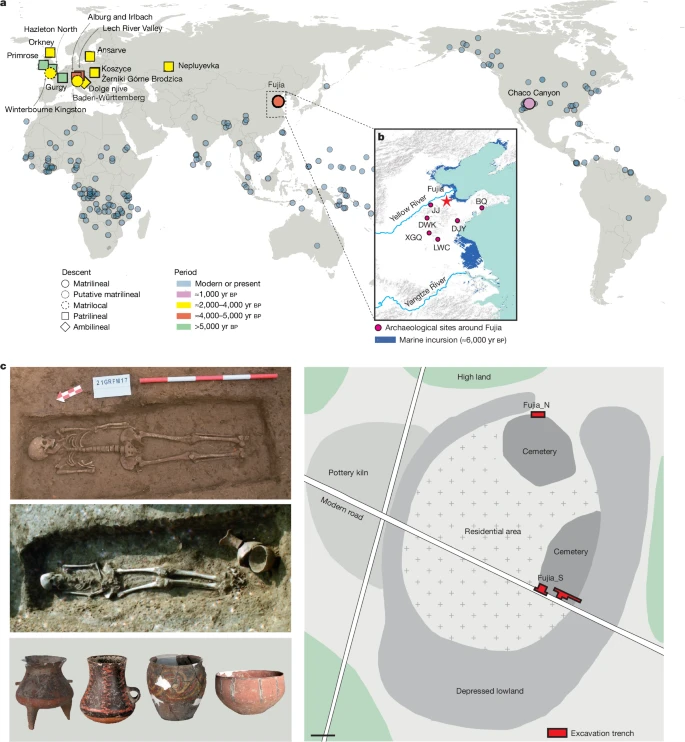
Genetic Evidence Reveals Strong Maternal Clans
All 14 individuals in the northern cemetery (Fujia_N) carried the mitochondrial haplogroup M8a3, while 44 of the 46 individuals in the southern cemetery (Fujia_S) carried haplogroup D5b1b. Interestingly, Y-chromosome analysis—which traces paternal lineage—showed high diversity among male individuals, indicating that men from various backgrounds had married into these maternal clans.
📣 Our WhatsApp channel is now LIVE! Stay up-to-date with the latest news and updates, just click here to follow us on WhatsApp and never miss a thing!!
This contrasting pattern—low mtDNA diversity and high Y-chromosome diversity—suggests matrilocal residence patterns, where men moved to live with their wives’ families. Such social structures are exceedingly rare in modern East Asia but are still practiced by a few ethnic groups such as the Mosuo in southwestern China.
“This is a textbook example of a matrilineal and matrilocal kinship system in prehistory,” added Dr. Yuhong Pang. “It offers us a unique view of how early agrarian communities could organize social life without patriarchal dominance.”
Stable Society with Strong Endogamy and Limited Mobility
Further analysis using radiocarbon dating and Bayesian modeling revealed that the two cemeteries were in use for over 250 years—spanning at least 10 generations. This longevity indicates remarkable social stability.
The community also practiced high endogamy, with little evidence of genetic input from outsiders. Runs of homozygosity (ROH) in the DNA showed repeated mating within a small gene pool, though not necessarily involving close relatives. The strontium isotope data confirmed that most individuals lived and died locally, pointing to low residential mobility and a geographically cohesive population.
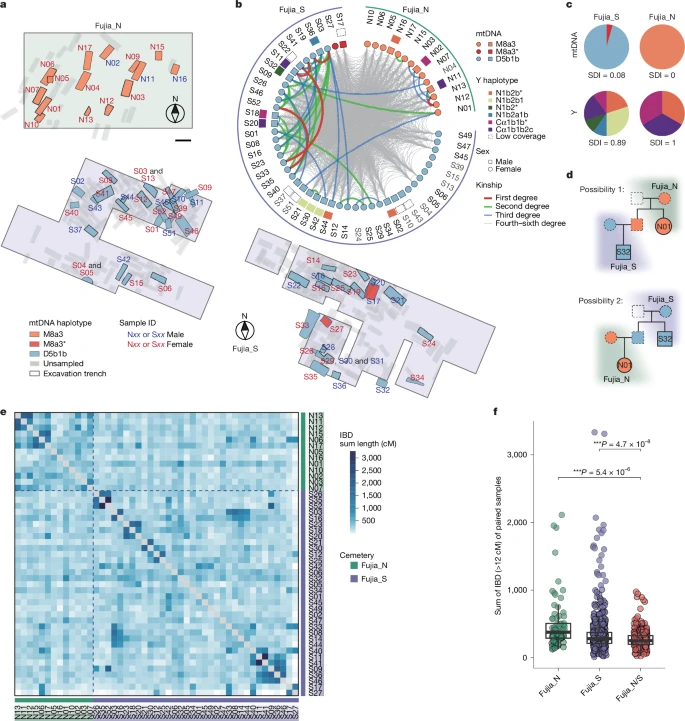
Millet Farming and Coastal Living in Neolithic China
The Fujia people were early millet farmers living near the Bohai Sea. Isotopic evidence from human bones and dentine suggests a diet rich in C4 plants like millet and millet-fed animals. Nitrogen values also hint at some intake of marine and freshwater resources, aligning with the site’s coastal location.
Archaeological findings such as painted pottery, residential areas, and kilns reinforce that Fujia was a well-established Neolithic settlement with communal organization and shared cultural practices.
Challenging Long-Held Assumptions About Human History
For decades, the dominant narrative in anthropology has emphasized patrilineal descent systems in early civilizations, supported by prior genomic studies from Neolithic Europe and the Near East. The Fujia discovery offers a rare counterexample, highlighting the diversity and flexibility of human social evolution.
“The idea that ancient societies must have been patriarchal is a projection of modern norms,” said Dr. Ruth Mace, a contributing anthropologist from University College London. “This research from China provides vital evidence that female-centered kinship systems were not only possible, but thriving.”
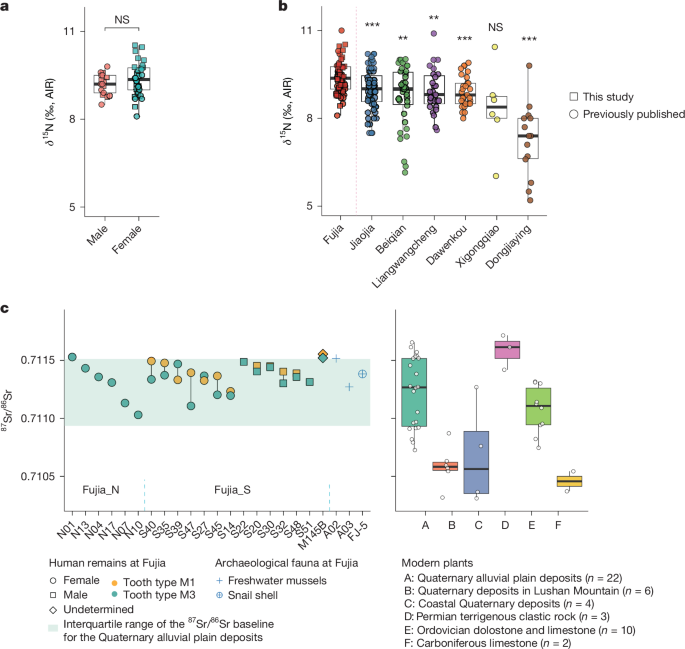
Implications for Archaeology and Human Evolution
The Fujia findings help fill a significant gap in the archaeogenetic record. Until now, the only clear evidence of ancient matrilineal organization came from the Chaco Canyon elite dynasty in North America (c. 800–1300 CE). With this new evidence from East Asia, researchers can better understand the range of kinship structures that existed before the emergence of centralized states and complex hierarchies.
The study also underscores the value of combining ancient DNA, isotopic data, and traditional archaeology to reconstruct the lives of people who left no written records.
Wang, J., Yan, S., Li, Z. ve diğerleri. Antik DNA, Neolitik Çin’de iki klanlı bir anaerkil topluluğu ortaya koyuyor. Nature 643, 1304–1311 (2025). https://doi.org/10.1038/s41586-025-09103-x
Cover Image Credit: Wang et al., 2025, Nature

